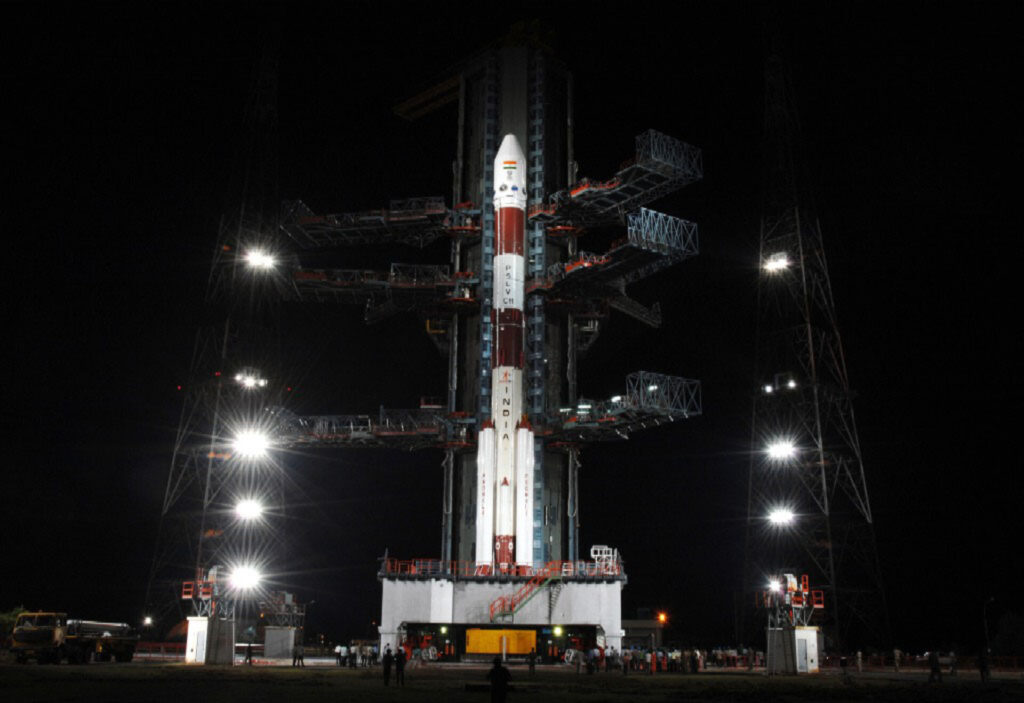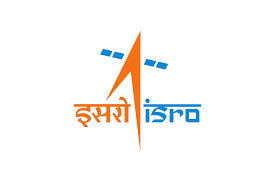
“Chandrayaan 3 From Crashes to Triumph: India’s Bold Lunar Odyssey to Rewrite Space Exploration!”
Chandrayaan 3
India is on the brink of launching its third lunar mission, with the objective of achieving what its forerunners could not. The mission’s core focus is to demonstrate a comprehensive capability for a secure lunar landing and surface exploration. A successful soft landing would catapult India into the exclusive club of countries—comprising the United States, Russia, and China—that have accomplished this remarkable feat. This position has remained vacant since the setbacks of Israel and India in 2019, as well as the failed missions of Japan’s lander-rover and UAE’s rover in 2022.
The maiden lunar rocket, Chandrayaan-1, inaugurated India’s lunar pursuits in 2008. Building upon these foundations, the upcoming Chandrayaan-3 mission maintains continuity in its objectives, but also integrates invaluable insights derived from prior missions. The Indian Space Research Organisation (ISRO) has meticulously refined the lander’s design, subjected to a battery of tests to evaluate its performance across a spectrum of scenarios, including off-target landings, electronics or sensor glitches, and excessive velocities.
Scheduled for liftoff on July 14, the spacecraft will embark on its journey in Earth’s orbit at an altitude of 179 km. A series of calculated maneuvers will progressively raise its orbit, liberating it from Earth’s gravitational pull and setting it on a trajectory toward the moon through a gravitational slingshot.
As lunar proximity is attained, the spacecraft will skillfully enter lunar gravity’s grasp, initiating a sequence of maneuvers to attain a circular orbit measuring 100×100 km. Subsequently, the lander, serving as the protective abode for the encased rover, will disengage from the propulsion module and commence a meticulously controlled descent. The intricate interplay of these phases is anticipated to unfold over an approximate duration of 42 days, culminating in a meticulously planned landing on August 23, just as the lunar dawn breaks.
Lunar time presents a distinctive cadence, characterized by 14-day-long days and nights. This temporal rhythm underscores the importance of precision in planning. Both the lander and the rover are engineered for a sole lunar day’s endurance, unable to withstand the extreme temperature plunge during the extended lunar nights. As a result, their landing must be executed with impeccable timing, precisely aligning with the onset of the lunar dawn.

